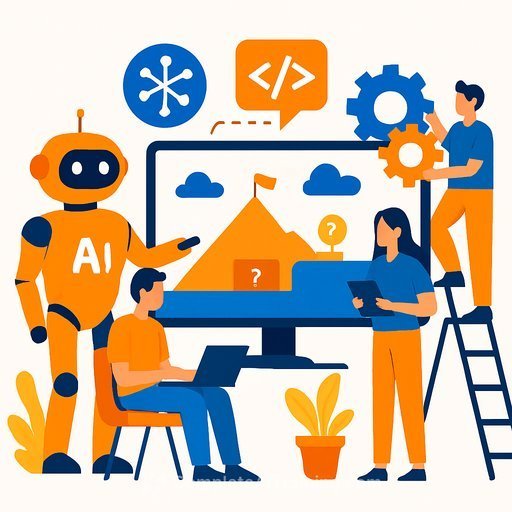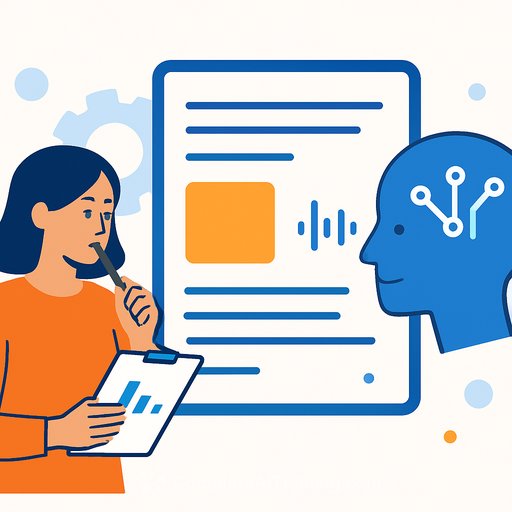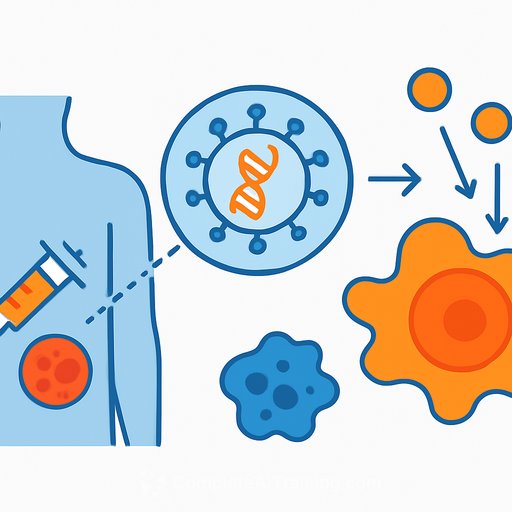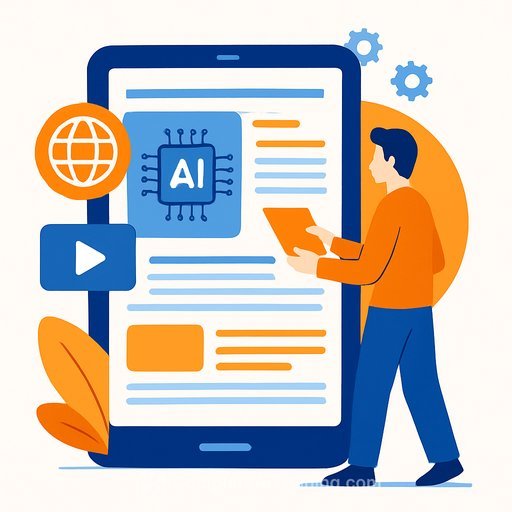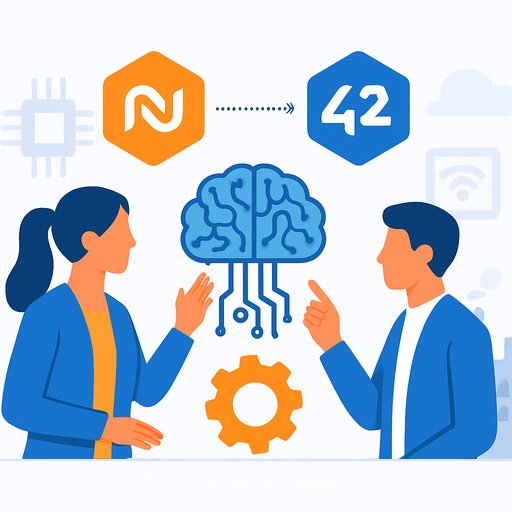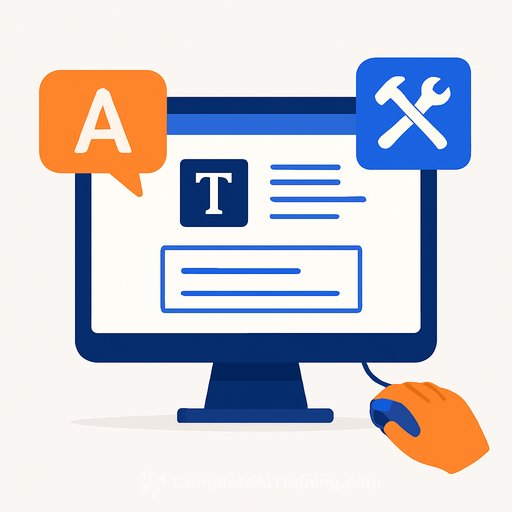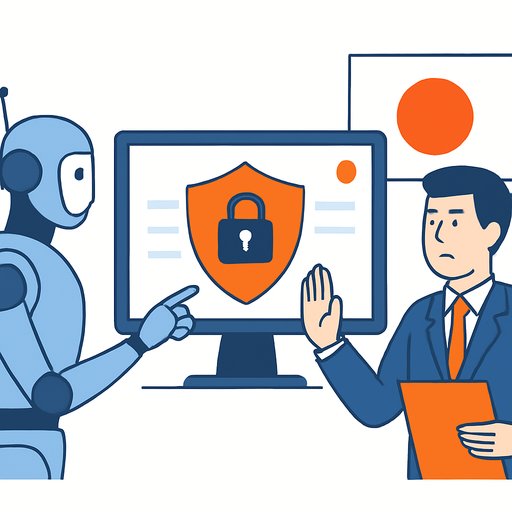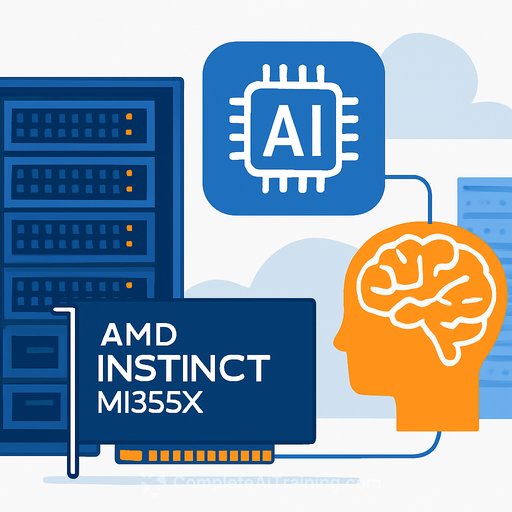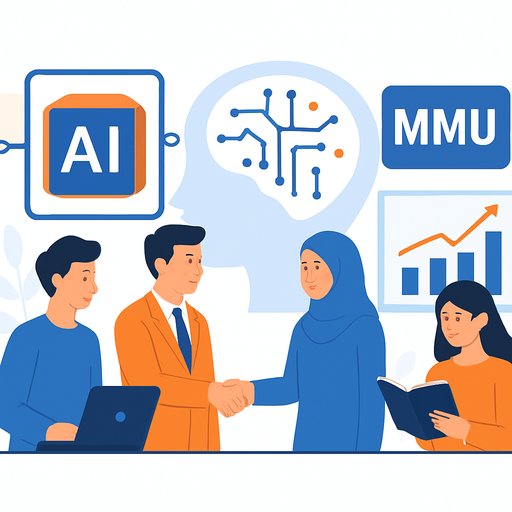EA partners with Stability AI to ship faster game-making tools - with humans still leading the story
Electronic Arts is teaming up with Stability AI, the company behind Stable Diffusion, to build AI models and workflows that speed up content creation across art, design, and development. EA frames AI as a "trusted ally" for faster iteration and workflow acceleration - not a replacement for creative teams. The company is clear: people stay "at the center of storytelling."
What this means in practice
- AI-assisted PBR materials: EA plans to accelerate Physically Based Rendering (PBR) material creation, starting with tools that generate 2D textures with precise color and light consistency across environments.
- Prompt-to-3D previsualization: Both companies will explore systems that pre-visualize entire 3D environments from intentional prompts, so artists can direct scene generation at higher speed and fidelity.
- Faster loops, more focus: EA positions AI to handle drafting, generation, and analysis, freeing teams to spend more time on world-building, mechanics, and polish.
Why it matters for product, IT, and development teams
This move signals a shift in production pipelines: more AI-native tooling embedded inside DCCs and engines, shorter iteration cycles, and new skill expectations (prompting, tool orchestration, and human-in-the-loop review). If you run content pipelines, expect changes to asset standards, source control policies, and QA gates as AI outputs enter the build. The upside is throughput and consistency; the responsibility is governance, IP safety, and clear approval paths.
First initiatives to watch
- PBR materials at scale: Tools that output texture sets with consistent albedo, roughness, normal, and metallic maps - and maintain visual accuracy across lighting conditions. That cuts down on tedious tweaking while keeping look-dev locked.
- Scene previsualization: From a set of prompts, artists can block out lighting, composition, and asset placement, then iterate with targeted edits. Think of it as a creative accelerator before production-grade assets land.
If you want a refresher on PBR fundamentals, Adobe's Substance team has a solid overview: Physically Based Rendering guide. For context on the model provider, see Stability AI.
The business context
EA's leadership has been bullish on AI, calling it central to the company's future. An investor group exploring a take-private deal reportedly sees AI-driven cost reductions as a profit lever in the coming years. Competitors are moving too - Krafton recently announced an "AI First" strategy. The direction is clear: larger catalogs, live ops, and UGC ecosystems will lean on AI to scale content without diluting quality.
AI is a tool, not the storyteller
EA's stance draws a line: AI "can draft, generate, and analyze, but it can't imagine, empathize, or dream." That's where your teams come in. The win is using AI to remove busywork and surface more options, then letting people make the final calls on taste, narrative, and feel.
How to prepare your organization
- Pilot small, measurable use cases: Start with materials, props, or pre-vis. Track time saved, review cycles, and in-engine performance impacts.
- Set asset standards early: Define texture resolutions, PBR channel conventions, naming, and LOD requirements for AI-generated outputs.
- Human-in-the-loop reviews: Require artistic and technical sign-off before assets enter production branches.
- Model governance: Document sources, versions, prompts, and training constraints. Plan for retraining and drift.
- Legal and IP checks: Establish policies for dataset provenance and licensing, especially for commercial titles.
- Upskill your team: Train artists and designers on prompt craft, refinement workflows, and tool integration.
If your team needs structured training on AI workflows for dev and product roles, browse focused tracks by role here: Complete AI Training - Courses by Job.
Bottom line
EA's partnership with Stability AI points to a future where content velocity increases without sidelining the people who give games their soul. The studios that win will combine strong creative direction with disciplined AI ops - clear standards, fast iteration, and tight feedback loops.
Your membership also unlocks:

